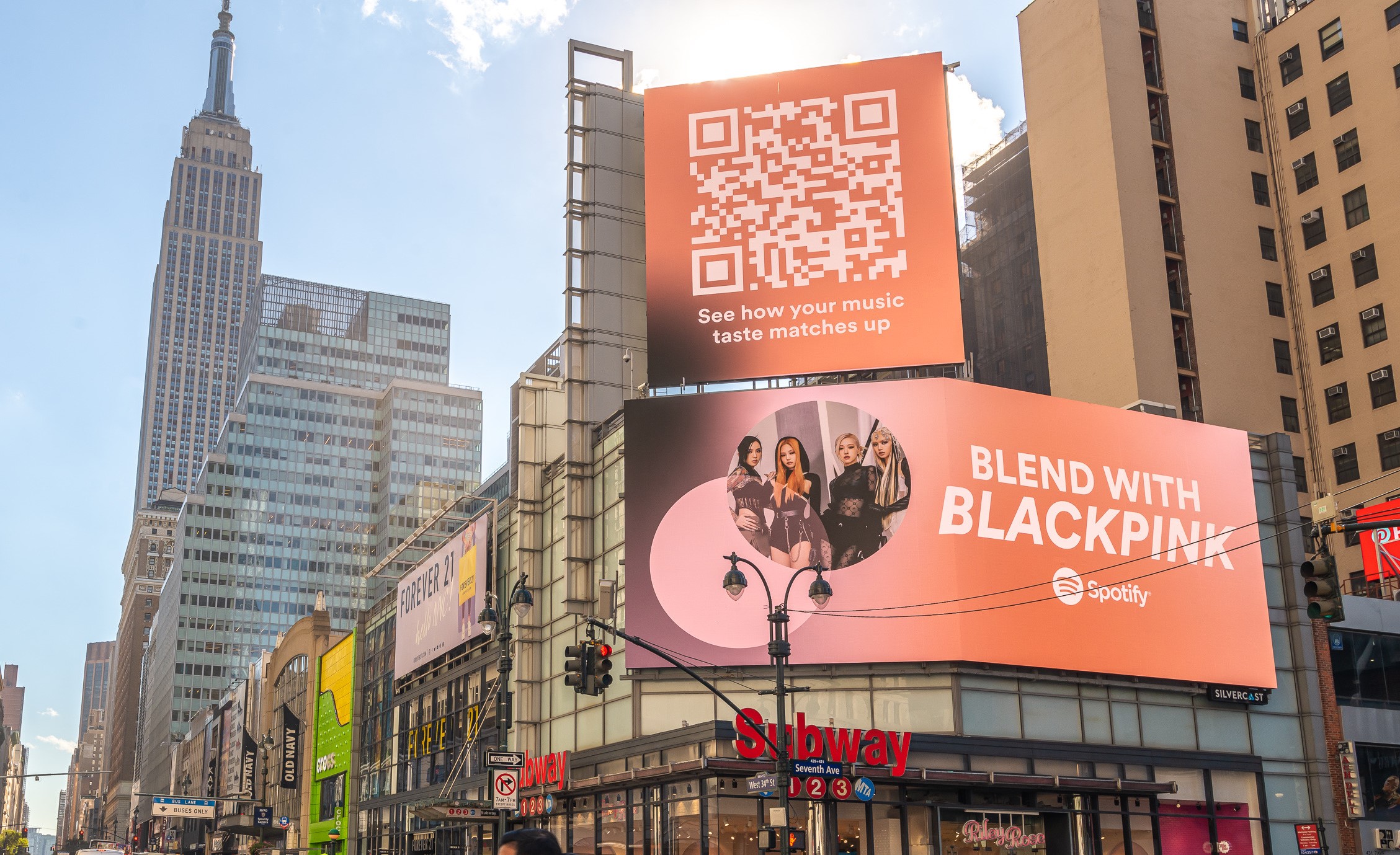K-pop, or Korean pop music, has been a phenomenon since its rise in the late 1990s. With its infectious beats, mesmerizing choreography, and memorable visuals, K-pop has captured the hearts of fans around the world. The genre has experienced a surge in popularity in recent years, and has now become a global phenomenon. In this article, we take a look at some of the most iconic moments in the history of K-pop.
The debut of H.O.T. in 1996
H.O.T. is considered one of the first and most successful K-pop boy bands of all time. They debuted in 1996 and quickly became a sensation, selling out arenas and creating a new genre of music in South Korea. H.O.T. paved the way for other K-pop acts to follow and their influence can still be felt today in the industry.
The arrival of “Gangnam Style” in 2012
“Gangnam Style” by Psy was a game-changer for K-pop. The music video went viral, quickly accumulating over a billion views on YouTube, making it the most watched video in the site’s history at the time. The song and its accompanying dance became a cultural phenomenon, reaching audiences around the world and introducing K-pop to a global audience.
The success of BTS in the US
BTS, also known as the Bangtan Sonyeondan, is a South Korean boy band that has become a global sensation. They are the first K-pop group to perform at the American Music Awards, to win a Billboard Music Award, and to sell out a US stadium concert. BTS has broken down barriers and expanded the reach of K-pop to new audiences, solidifying the genre’s place in the international music scene.
The launch of Mnet’s “Produce 101” in 2016
“Produce 101” is a reality competition show that brings together trainees from different entertainment companies to form a new K-pop group. The show has been a huge hit, with its first season launching the careers of several successful K-pop acts. The show’s popularity has also helped to further popularize K-pop and bring it to new audiences.
The formation of Blackpink in 2016

Blackpink is a South Korean girl group that has become one of the biggest K-pop acts in the world. They are the first female K-pop group to perform at Coachella and to have a music video with over a billion views on YouTube. Blackpink‘s success has helped to expand the reach of K-pop and has paved the way for other female K-pop groups to follow in their footsteps.
In conclusion, K-pop has come a long way since its inception, and its influence can be felt in the music industry around the world. From H.O.T. to BTS, and from “Gangnam Style” to “Produce 101,” K-pop has had its share of iconic moments. The genre continues to evolve and grow, and it will be exciting to see what the future holds for K-pop and its fans.
Featured Image: